In a breathtaking display of Drone Technology, DJI’s Mavic 4 Pro has captured a continuous aerial journey from the North Col Glacier to the summit of Mount Everest, reaching 29,032 feet (8,849 meters). Shared on DJI’s official YouTube channel, this video showcases the drone’s ability to navigate extreme altitudes and harsh conditions, offering drone enthusiasts and filmmakers a new benchmark for high-altitude cinematography.
Tracing the Everest Ascent
The Mavic 4 Pro’s flight began at the North Col Glacier, at 21,325–23,061 feet (6,500–7,028 meters), and soared through key mountaineering waypoints: Windy Pass (23,061–24,606 feet; 7,028–7,500 meters), Camp 2 (25,558 feet; 7,790 meters), Camp 3 (27,231 feet; 8,300 meters), Yellow Band (27,559 feet; 8,400 meters), First Stage (28,084 feet; 8,564 meters), Second Step (28,248 feet; 8,610 meters), Third Step (28,576 feet; 8,710 meters), and the Traverse at 28,871 feet (8,800 meters). This amazing aerial shot highlights the drone’s precision in capturing the climbers’ path, a feat previously accomplished by the Mavic 3 Pro in 2024.

Overcoming Technical Hurdles
Flying at such altitudes poses significant challenges, including thin air, low temperatures, and battery strain. This underscores the extraordinary engineering required. We speculate that DJI likely disabled the elevation limiter and increased propeller speeds to generate sufficient lift in the thin air, as seen in earlier high-altitude flights, such as the Mavic 3’s 2022 Everest summit at 30,292 feet (9,233 meters). Cold temperatures also accelerate battery drain and risk propeller icing, demanding meticulous pre-flight planning.
The Mavic 4 Pro’s achievement signals advancements in drone durability and performance, expanding possibilities for aerial cinematography, scientific research, and high-altitude operations. For drone professionals, this underscores the potential for consumer drones to operate in extreme environments, provided pilots adhere to local regulations and prepare for environmental challenges like jetstream winds, which can exceed safe flying conditions.
DJI’s repeated success on Everest, from the Mavic 3 in 2022 to the FlyCart 30 delivering supplies in 2024, reflects rapid progress in drone technology. However, operating drones at these altitudes requires careful compliance with aviation and environmental regulations, particularly in protected areas like Everest. Pilots must also contend with physical challenges, such as carrying equipment to high altitudes and avoiding frostbite during operation, as noted in the 2022 flight description: “This is Mount Everest. The highest point on Earth. A place where describing the weather as ‘harsh’ is an understatement.”
This latest feat by the Mavic 4 Pro not only showcases DJI’s engineering prowess but also inspires drone operators to explore new frontiers, pushing the limits of what’s possible in aerial exploration.
Discover more from DroneXL.co
Subscribe to get the latest posts sent to your email.
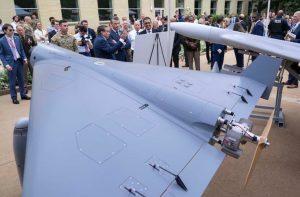
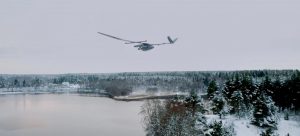




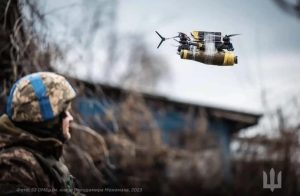


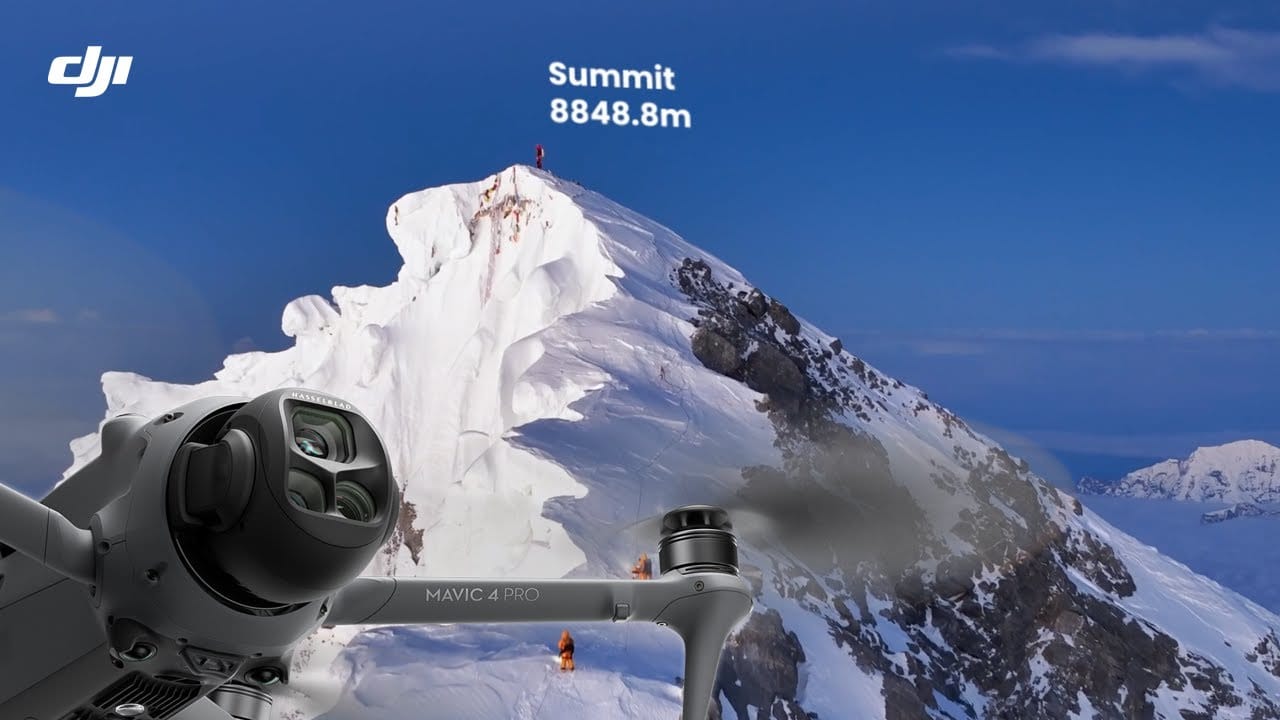




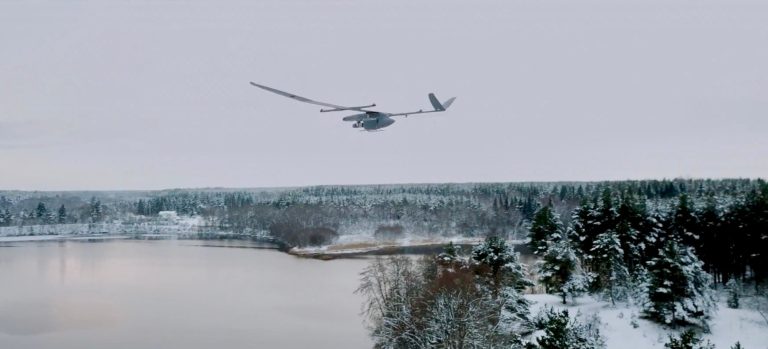
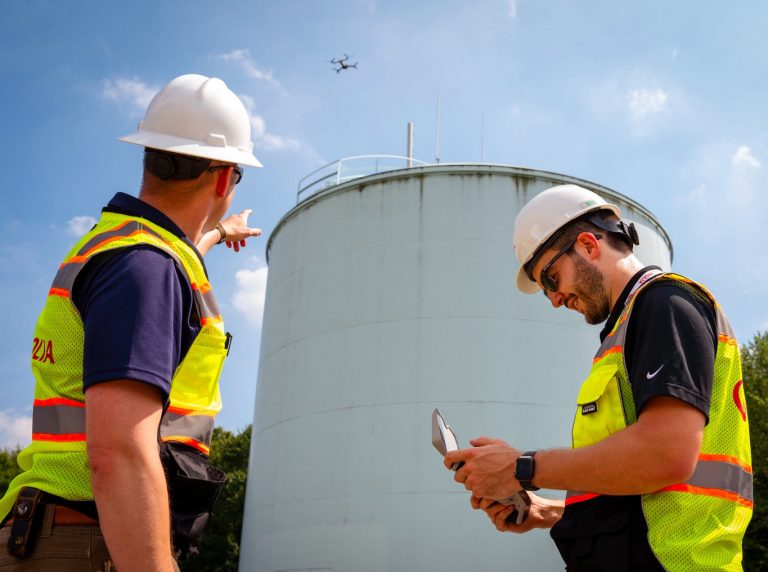
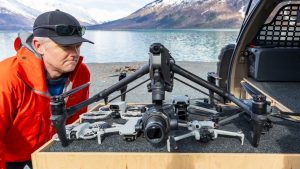




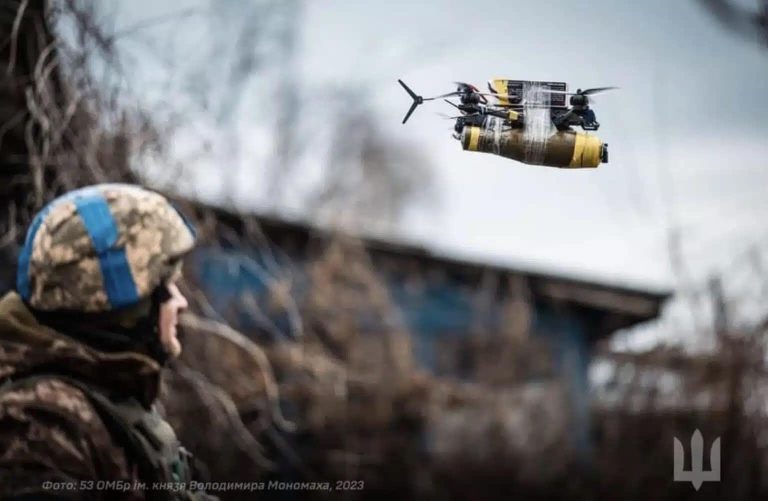

+ There are no comments
Add yours